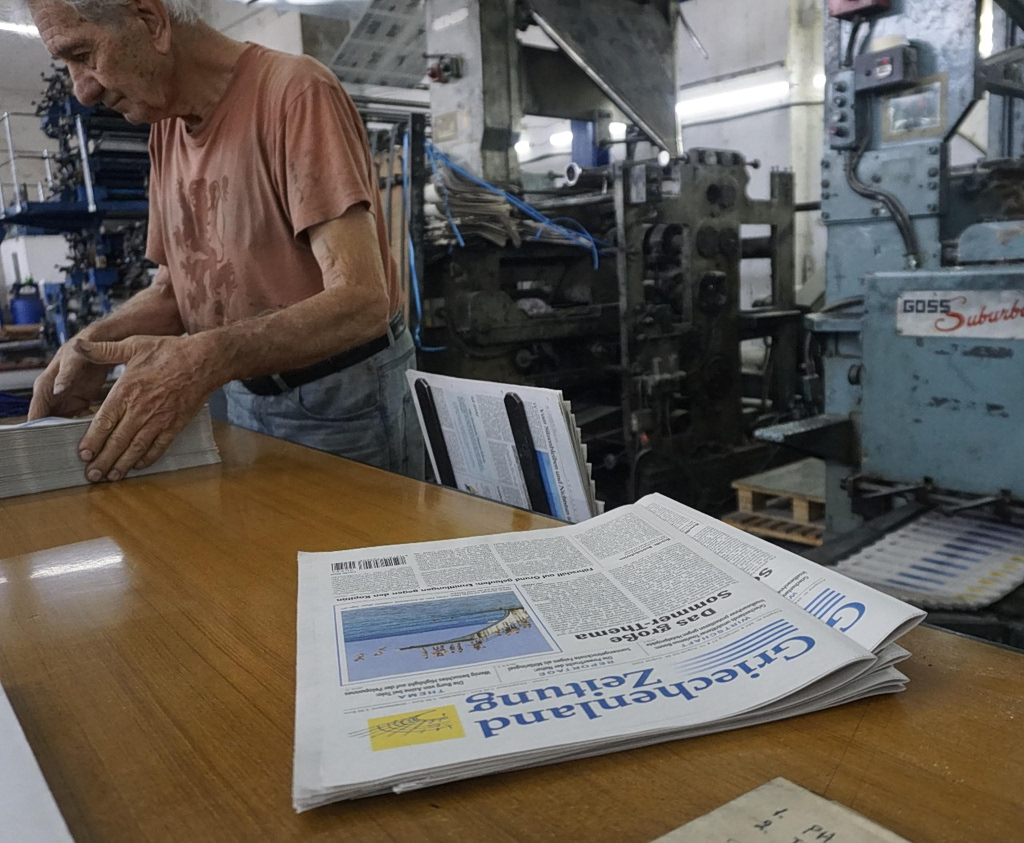After getting diagnosed with a degenerative disease, high school principal Lynne Chesley signed a legal document stating she didn’t want her life to be extended by artificial means.
She ended up on a feeding tube anyway for more than three years while family members fought over her fate. Her wishes were honored after a ruling this year by the Oklahoma Supreme Court, and Chesley died in August.
Such a drawn-out case shows the stakes for getting the details right on a living will, including who is designated to fulfill the person’s wishes and how the information is shared with family and healthcare providers. While end-of-life planning decisions rarely go to court, the Oklahoma ruling strengthens the legality of the documents, lawyers said.
Unlike a will—which outlines how someone wants to distribute investments, real estate and heirlooms after you are gone—a living will covers your most important asset while you are still around: you.
It spells out what kind of care you want—or don’t want—if you’re unable to speak for yourself. You can name someone to make medical decisions for you if you can’t. About a third of all Americans, and nearly half of older adults, have signed these advance directives, according to a University of Pennsylvania study.
Signing the papers isn’t enough. Ambiguity or confusion around end-of-life issues is happening in every hospital every day, said Amitai Heller, a senior staff attorney at Compassion & Choices, a nonprofit focused on expanding end-of-life options.
The most frequent problem is that people don’t know where to find the directives when an emergency arises. When family members or healthcare providers don’t know where the document is, it effectively doesn’t exist.
How advance directives work
People draw up advance directives to spell out their wishes and to make heart-wrenching decisions easier on their family members. You can specify medical preferences, such as whether you want artificial nutrition.
“This is a gift you’re giving your family. They don’t have to decide if you’re going to live or die,” Heller said.
Medical professionals have created forms, available from Prepare for Your Care and Five Wishes, that go beyond the basic state forms. They cover softer issues, such as what kind of comfort care you want or don’t want such as lip gloss, harp music or a chaplain’s visit.
The person you name to act on your behalf is called your healthcare proxy, agent or surrogate. That person is supposed to follow your wishes. If you don’t name one, default state rules determine who it would be.
Estate lawyers say it is important that you talk ahead of time to the person you name to make decisions for you and make sure they are on board.
“Tell them what you want, and ask the question, ‘Can you carry out my wishes?’” said Martin Shenkman, an estate lawyer in New York.
What can go wrong
But even when there is a piece of paper with instructions on it, families can fight over the document itself: its validity or the meaning of a certain provision. Each state has its own forms and requirements for witnesses and notarization.
When Chesley was hospitalized for pneumonia in 2021, a feeding tube was put in place. Her relatives fought over the advance directive she completed in 2013, which called for not using life-sustaining treatment. Her children argued that the advance directive should be enforced and the feeding tube removed.
Chesley’s designated proxy for healthcare decisions was her sister Amy Meyer, according to court filings. When the moment came, she argued that Chesley didn’t want the tube removed.
The sister declined to comment, her lawyer said. In a deposition taken in a related case over spending money out of Chesley’s trust, she said, “I don’t believe in killing someone before they are ready to die.”
Meyer argued that her sister revoked her signed directive by making limited movements after being told that removing the tube would be painful. She couldn’t speak or walk at the time. Her doctor said he could administer medicine to ease any pain.
The court sided with the children that the document should be honored, stating that it takes clear and convincing evidence to revoke an advance directive, and that standard wasn’t met. The treating doctor then ordered the tube to be removed.
Chesley’s daughter, Allison White, a trauma therapist, stayed with her mom at Clarehouse, a hospice in Tulsa. She played Koshi chimes to help her let go, she said.
“When they took out the feeding tube, her whole demeanor was different, like she could finally rest,” White said.
After Chesley’s case it is not going to be easy to challenge or undercut these directives, said Jon Eisenberg . He was one of the appellate lawyers who represented Terri Schiavo’s husband in the lengthy case against her parents, who wanted to keep her alive artificially . “This case points in the direction that courts will likely go,” he said.
Talk now
Even when you sign the papers, it is vital to talk about it with your family, said Catherine Auriemma, a pulmonary and critical-care physician at Penn Medicine. Her dad was going in for heart surgery, and said he had a directive when asked at check-in. His wife thought it was in their safe-deposit box , but he said he closed the box and put the papers in their bedroom closet. It wasn’t there.
He confirmed his wishes to the clinical team: His wife should make decisions for him if needed, after consulting with Auriemma and one of her brothers, who is also a doctor. “We just did the conversation without the paperwork,” she said.
In a study, Auriemma and colleagues found that few patients discussed their directive with their family and clinical team. Patients felt that after completing the form, they didn’t have to talk about it.
Write to Ashlea Ebeling at ashlea.ebeling@wsj.com


